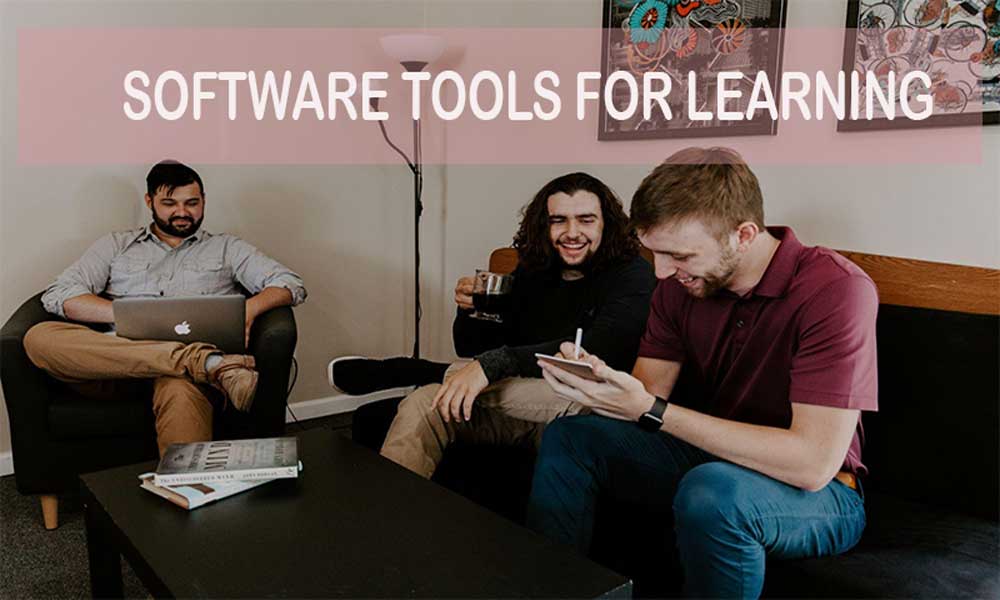
When we are turning to software tools for learning, we always expect them to be as clear and accessible as possible, which is not always the case. The reasons for that may vary from accessibility issues to compatibility with certain LMS (Learning Management Systems) solutions that we already implement for our studies. It also explains the reason why both students and educators are constantly looking for additional solutions that would help cover the most learning bases. It’s a constant hunt for ideas, which also helps to pave the way for innovations and inspire developers to think differently!
Speaking of tips, tricks, and traps that are always encountered, the trick is to take time to explore how a software product works before becoming a power user. Still, the traps are way more important because people with accessibility issues will require additional help and will have to adjust way more than an average web developer, coder, or designer may assume. Sadly, educators are not always allowed to have their say in this regard, which is why software tools for learning still have a long way to go in most cases before one may define them as acceptable and perfect for every student.
It is one of those innovative software tools for learning that takes a different approach. It is not a classic LMS platform per se because it is a cloud-based tool that can be accessed anywhere and does not require special installation. It may remind you of a modern social network where you can communicate with others and participate in debates. It is aimed at students and strives for making them responsible leaders. It also offers automatic tips in case of confusion or accidentally deleted data. It is an innovative and fun learning example of a tool that provides due flexibility without compromising accessibility matters.
It is one of those great software tools that you can use to create presentations, modify your text content with multimedia elements, and make things accessible more than ever before. The good news is that you can use thousands of freely available templates posted by educators and students in different languages. It is a great way to learn by entering a keyword, based on your subject. You may hire professional writers if you need to provide certain content or need to scale things down to fit within your design idea. The trick here is to use already existing templates to make your learning modules or personal presentations stand out!
If there is one tool that delivers the best ideas in terms of flexibility and being fully customizable to any age, language, social background, and learning objectives, Slack is a winner! It only requires a web link to provide you with free and powerful software for learning. Slack will become your email box, both personal and public chatrooms, the way to sort information, use video and audio conferencing, and more. What makes it good is high privacy and the presence of search by keyword and the alerts system, which is the best way to ensure that no important deadlines have been missed!
This software tool is an amazing solution for those cases when you need to explain your research project proposal or create an online learning module. If you are a student with special needs, it is WCAG compliant and has all the features like voice navigation, an on-screen reader, and more. Due to its high customization and templates, it is best as personal education software. Good examples that use this technology include language learning tools or business school lessons online. Learning becomes much easier and more logical with this great software tool, which offers automatic tips as you proceed with your template or work with an existing project.
Although it’s aimed at younger learners, Kahoot is a great example of gamification used in the field of education. It’s based on quizzes, games, and fun surveys that younger learners will enjoy. It can be accessed as an app or via the web browser, which eliminates installation issues.
While there are talks about the creation of a special Metaverse for learning, a certain virtual space that will unite people from all over the world, there are traps and tricks that must be mentioned. The majority of learning software tools these days happily ignore an aspect that can be defined as “socio-emotional belonging” or the ability of a student to feel the learning environment the way it would be possible with a physical classroom presence. It became a serious problem during remote learning times because far not every student could embrace modern technology. It was not only about the learning gap but also included technical aspects like installation, bugs in the system, and a need to stay online all the time.
The trick here is to channel all these software tools for learning with their intentions with consideration of emotional factors and due participation. The students must be able to take part in the learning process and ask for timely assistance when it is required. It has been implemented well in the Socrative platform and in Slack, which both allow different access levels and ways to let people discuss not only work issues but implement some entertainment as well.
